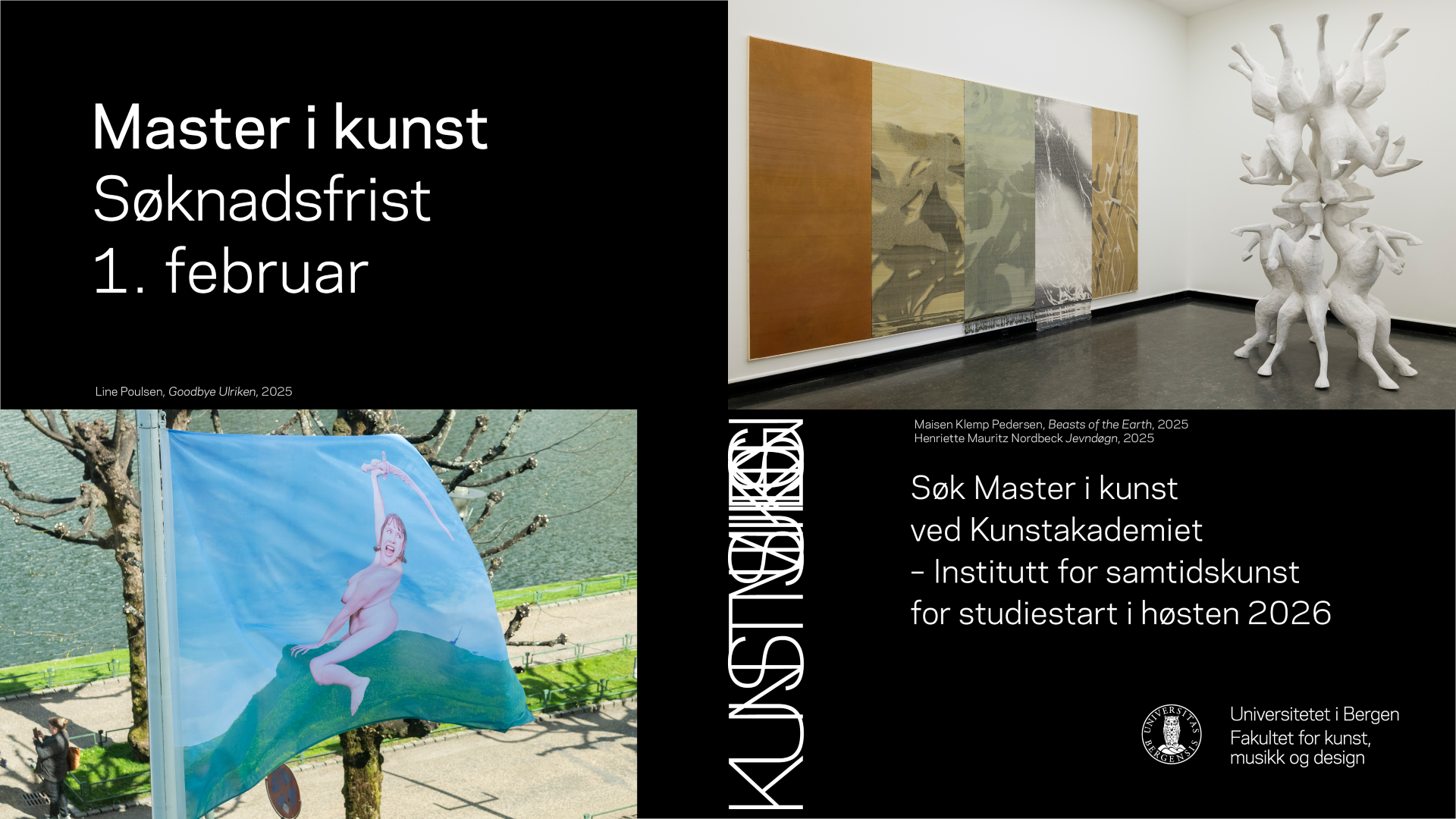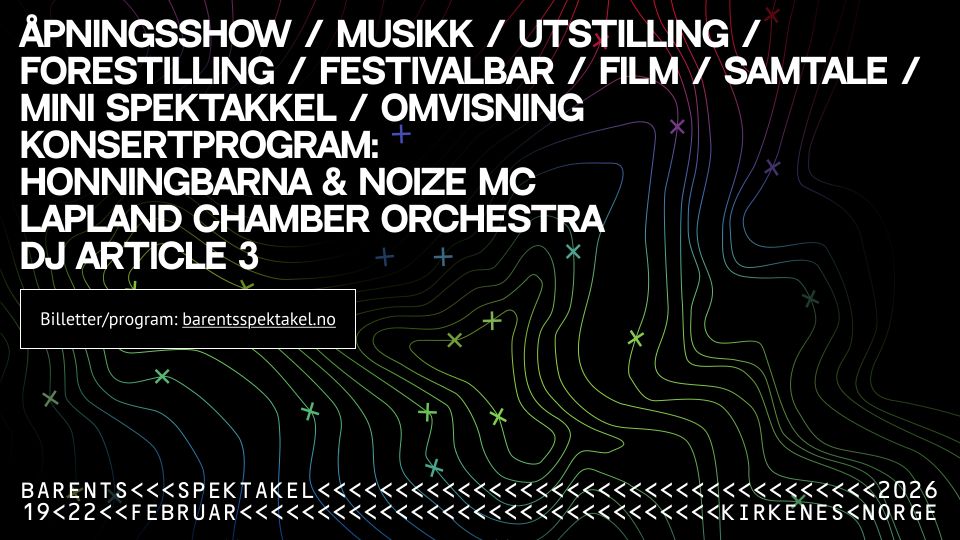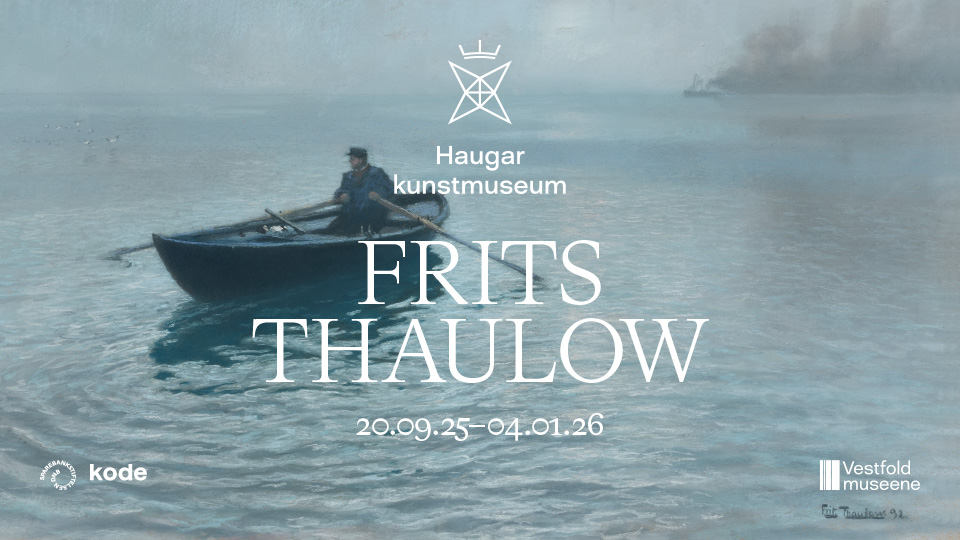
Billy Wilder’s classic 1950s film Sunset Boulevard relates the story from the perspective of a dead man floating in the swimming pool belonging to the washed-up silent movie star Norma Desmond. This framing device turns the entire film narrative into a flashback that has been set free from the consciousness to which it once belonged. The identity of the narrator is rather less firmly defined in Elmgreen & Dragset’s exhibition Biography, but the dead collector floating in the azure pool most assuredly has a certain gravitational force in terms of narrative potential. He sets the tone of the exhibition, which is poised somewhere between the sentimental and the comical, and he gives direction to its temporal nature.
To remain within the terminology of the film world, this exhibition is not so much reminiscent of a flashback as of a kind of rewinding. Resurrected as he, the collector, is after the Venice Biennial of 2009, it might be tempting to think that the “biography” indicated in the title is intended as a less demanding synonym for “retrospective”. For indeed the Astrup Fearnley Museum has on previous occasions been host to a range of mid-career shows, a format which always struggles with the inherent risk of premature history writing. Be that as it may, Biography turns out to be a much smarter way of staging a preliminary summary of a body of work: it sets the curator and the viewer free from the chronological approach of the historiographer. When you are working with an artists’ duo that always take an almost choreographic approach to creating distinctive narratives in every exhibition, this might indeed be the only possible solution. At the Astrup Fearnley the result is a series of scenarios consisting of old and new works which do not really aim to document a process of artistic evolution; rather, they aim to get new narratives going.

One of the interesting exceptions from this overall rule concerns some of the duo’s works that most explicitly critique the art institution; those works have been placed together in the museum mezzanine and may be said to take on a rather unfortunate documentary quality here. The work Zwische andere Ereignissen from 2000 – a living person, in full painter’s garb, painting the wall white – is juxtaposed with a more recent work from 2012 in which wall paint has been collected from a range of important Western art institutions and painstakingly transferred to framed canvases via a demanding conservation process. The presentation also includes one of many works entitled Powerless Structures; this particular version takes the form of a number of identical abstract models of art museums stacked up to form a haphazard tower teetering on the brink of collapse. These buildings have previously appeared in different, usually large, formats – suspended, half buried, or turned upside down, but in this context they appear as a somewhat superfluous foregrounding of and commentary on the institution. A devaluation that is further accentuated by the way in which its form is echoed in two other sculptures in the exhibition: The tower of packing crates used for moving works of art, located by the museum entrance (Crash…Boom…Bang!), and a similarly aestheticized structure made from trash bags (Landslide). Just like the poor painter – who will never finish painting that back wall – conjures up a behind-the-scenes situations, these works too point to how the museum is not an exalted site, but a place of work, even if that work consists of the eager upholding of purity and, hence, semantic control. Together, these works make a point that wins little by being repeated past the brink of the obvious. And this means that the game between illusionism and reflective transparency triggers less of a response here than elsewhere in the exhibition.
The well-produced interiors alternate between appearing like film sets and simply being full-scale reproductions or repetitions where realities from outside the museum’s walls enter its premises, and this may be the most interesting viewer experience offered in the encounter with Elmgreen & Dragset’s works. On the one hand we have the pool with the drowned collector, a grand, sweeping gesture on a par with Hollywood cinema and its utilisation of death as a dramaturgical springboard, unafraid of the bloodless, campy aesthetics of melodrama. A different kind of realism can be found in e.g. the generic waiting room, where everything from the row of chairs to the palm tree in the corner and the stagnated queuing system is evocative of an experience where dependency, equality, and freedom intersect in the modern welfare state; a place where the sensation of power is also linked to the degree of control over your own time (It’s the Small Things in Life That Really Matter, Blah, Blah, Blah). Like Modern Moses, which shows a wax baby placed in front of an ATM, this work comes from The Welfare Show presented at Bergen Kunsthall in 2005; an exhibition that may be the most ambitious yet of all the duo’s comments on power structures and modern Western institutions.

The juxtapositioning of these scenarios creates disparate experiences of time that visitors step into and out of, and in a similar move the clues scattered across the show invite you to interpret the situations like crime scenes where you are the first to arrive. Sometimes the scenarios resemble reality so much that they become ‘unheimlich’, at other times they appear obviously staged, like shop windows dressed to project fantasies. There is a fetishisation of Minimalism here that links it to desire and makes it less exalted, as if it had been specifically commissioned to reflect Michael Fried’s criticism of Minimalist art: that it focuses excessively on the phenomenological viewer’s experience. Here, the viewer’s space is created less by ambiguity than by references to a collective lifestyle encyclopaedia.
With the straightforward use of the human figure in all its various forms of representation – as dolls, sculptures, portraits, snapshots, and actors – the exhibition not only engages with a wealth of performative and art historical discourses, but with museological discourses, too. The wax figures evoke a sense of visiting a museum of cultural history, like a visual form of ethnography where contemporary Western lifestyles are studied and presented in an instructive, didactic manner. On the other hand sculptures such as the mermaid appropriation He constitutes an irreverent analysis of the public sculpture’s legitimisation of desire through the ages: here, the yearning mermaid has been replaced by a male homoerotic equivalent reminiscent of Renaissance works. The original version of the sculpture is made from polished steel and located on the harbour of Helsingør, whereas the version featured in the museum’s collection is made out of gold-plated epoxy, which means that it does not possess the strong interplay between masculinity and sensuality found in the liquid-like steel. Nevertheless it is well placed here in the triangular room at the end, allowing it to gaze longingly towards Nesodden.

Unsurprisingly for two artists with such strong ties to architecture, the exhibition rooms are generally put to good use in ways that let the architecture show itself to its best advantage. The artists have also let a site-specific elements seep into the museum from its immediate environs: they have let in a winter swimmer. Clad only in her bathing suit and a towel she is doomed to walk the exhibition rooms endlessly, an alien body in the friction-free rooms of the museum. Unlike us, she is not here to look at the art; she is here so that we can look at her. This excessive theatricality adds a certain body – some meat – to an exhibition which otherwise has very little dirt hiding in the corners. And in which most references to queer subculture or lifestyles present it as a culture that is obsessed with cleanliness, purity, aesthetic order, and specialised consumption.
Elmgreen & Dragset are almost too good a match for Astrup Fearnley. The museum is well laid out, bordering on the overdesigned, and with their established themes the duo provide the crowning glory to a collection that is definitely marked by identity politics, queer and homosexual erotica, and a fetish for design symbols and everyday symbols. While the narrator of Sunset Boulevard must pay for his brutal honesty with his life – i.e. for the betrayal inherent in stripping someone of their life lie – Elmgreen & Dragset’s art collector has perished in his own lifestyle aesthetic. Even so, there is no reason to suspect that he has met an untimely end at the hands of the artists, which appear to enjoy an unproblematic dependence on the institution.









